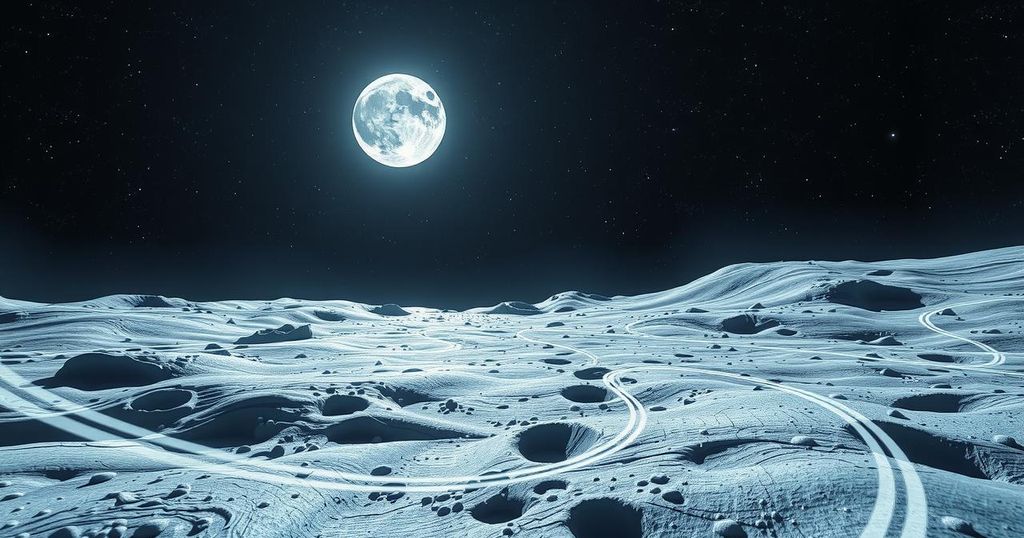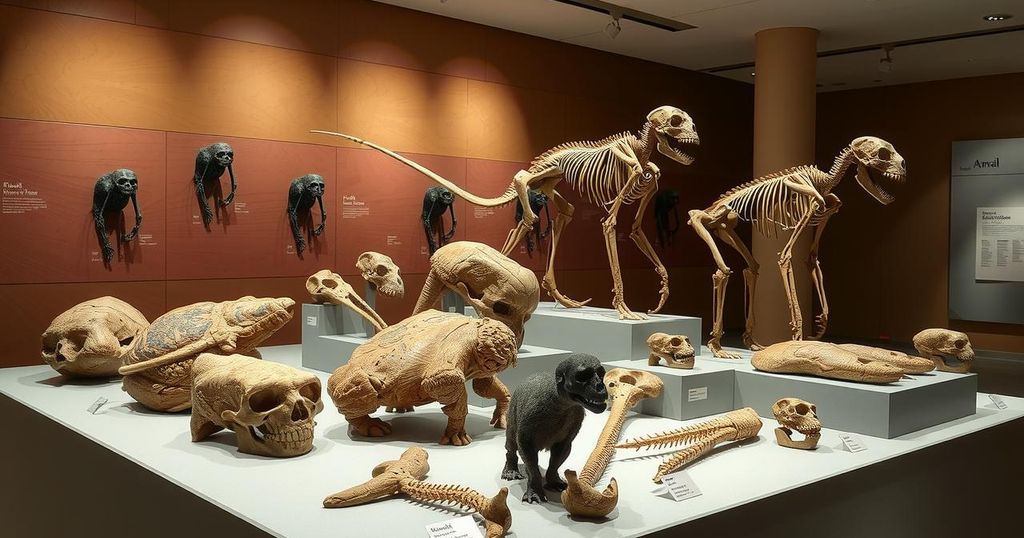Moon Running: A New Approach to Lunar Exercise
Italian scientists are testing moon running by simulating lunar gravity in an amusement park attraction, the Wall of Death. Their findings suggest that running along the cylinder’s walls could help mitigate bone loss for astronauts on the moon, prompting plans for further studies in a dedicated facility. The success of these experiments could pave the way for effective exercise routines in low-gravity environments.
In a surprising blend of amusement park thrills and scientific inquiry, Italian physiologists Gaspare Pavei and Valentina Natalucci recently explored the concept of moon running by testing a unique method inside the Wall of Death attraction, typically meant for motorcycle stunts. Their goal was to determine if running quickly on the curved walls could create a sufficient centrifugal force to mimic the lower gravity of the moon, potentially offering future lunar residents a viable method for exercise.
The moon’s gravity is only one-sixth of Earth’s, leading to concerns about muscle atrophy and brittle bones for astronauts over long durations. Traditional exercises like running and push-ups don’t exert the same muscle-stimulating effects in a low-gravity environment. Minetti emphasizes that counteracting these negative impacts is crucial for long-term moon colonization, motivating the team’s innovative approach with the Wall of Death.
The experiment required Pavei and Natalucci to wear harnesses while navigating a bungee system that simulated lunar gravity, challenging them to learn how to run on the wall itself. Pavei first struggled to find the right technique but eventually succeeded, sprinting diagonally and managing to run nearly horizontally, which was a thrilling validation of their calculations. Alberto Minetti, witnessing this success from below, exclaimed in delight at the realization of their theoretical predictions.
The researchers recorded data during their limited runs, aiming to understand the required speed and force generated by the runners. Their findings indicated that moon colonists could benefit from running just a few laps daily to mitigate bone loss, even with breaks included. This short-lived experiment sparked further curiosity about the feasibility of using wall running as a practical form of exercise in environments simulating low gravity.
Looking ahead, Minetti’s university plans to construct a dedicated facility called the M-Wall to enable more extensive research. However, aspiring moon runners will need to achieve speeds of around 5 to 6 meters per second, similar to a fast 5-minute mile. Pavei reassured, however, that this speed is attainable without being a world-class athlete, and expressed eagerness to test elite runners like Usain Bolt to explore the limits of artificial gravity on the wall.
As humanity contemplates a future on the moon, understanding how reduced gravity impacts physical fitness becomes paramount. Research shows that long stints in low-gravity environments can lead to rapid muscle and bone deterioration, amplifying the need for suitable exercise methods in space. By simulating lunar conditions through innovative scientific experimentation, researchers aim to develop strategies counteracting these effects, ensuring astronauts maintain their health during extended missions on the moon.
The study conducted by Pavei and Natalucci opens avenues for innovative moon-based exercise regimens that could sustain astronauts’ physical health during long-term stays. By mimicking low gravity through unique mechanical designs, researchers are inching closer to finding workable solutions for maintaining astronaut fitness in space. Future research promises to deepen our understanding of human physical capabilities in extraterrestrial environments, essential for successful lunar colonization.
Original Source: www.sciencenews.org




Post Comment